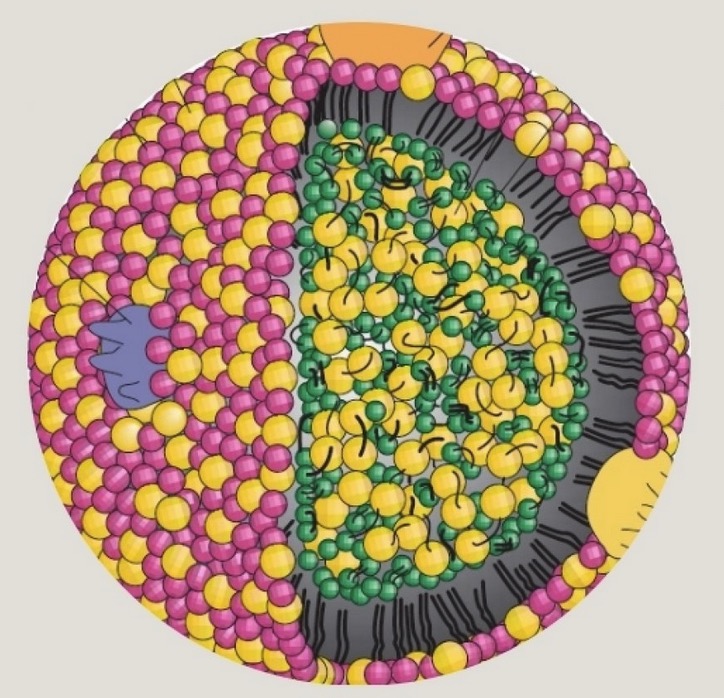

I’m actually thankful they exist, because they’re a commercial company. They disclose their capabilities and they advertise. If this was strictly a government operation, it could be quite secret, quite nebulous, we wouldn’t get as many leaks. They’re fulfilling a very positive role in the ecosystem as a red team giving valuable feedback to gos for blue teaming.







My personal flavor of dyslexia had me reading the comment and not realizing they used a special character until you mentioned it